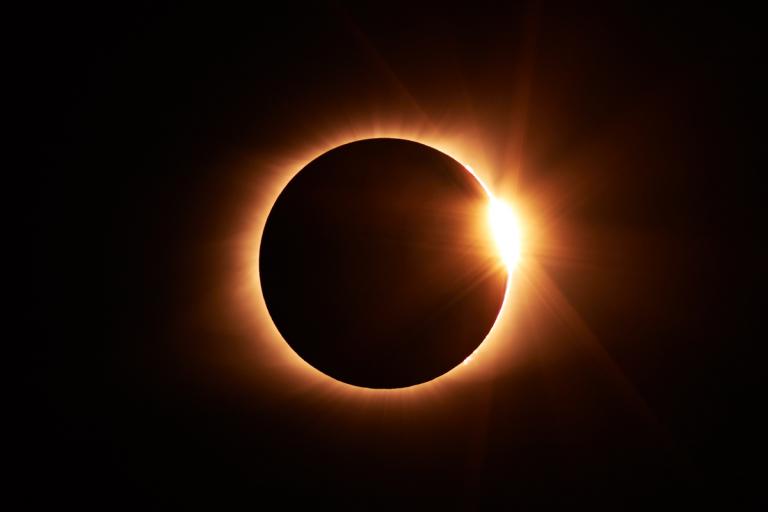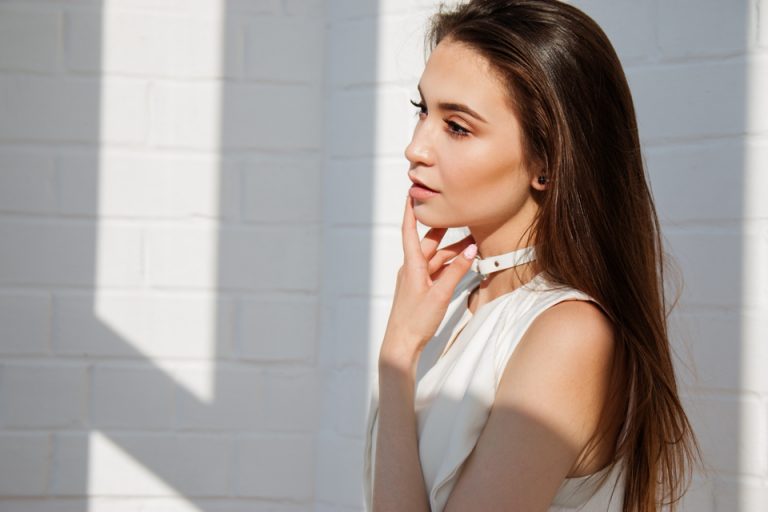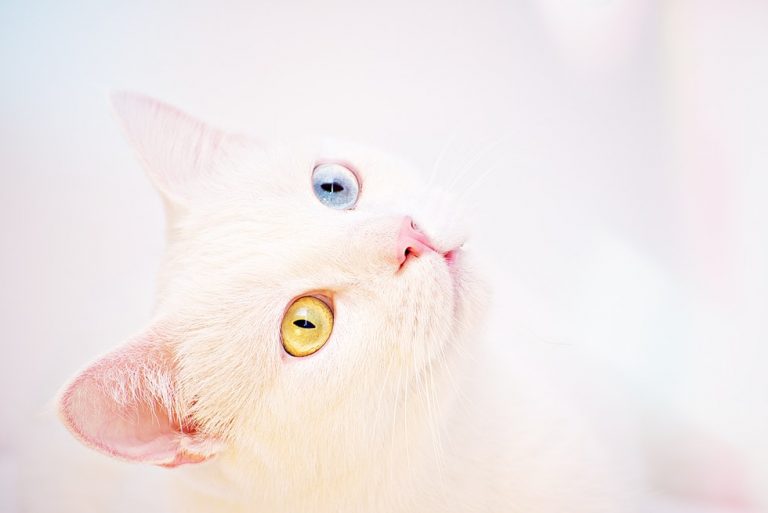As one of a photographer’s most important tools, focus has the power to change the entire emotional effect of an image and establish the story of a photo. Its formidable impact on photography means that photographers need to have a firm grasp of how to use it.
Understanding focus begins with recognizing the difference between deep or shallow focus. Both can add interest and meaning to an image, but they’re useful in different circumstances.
Let’s take a look at these concepts, the benefits and techniques of each, and which situations are best to use them.
Photo by Michael Kmet Licensed Under CC0
What is Depth of Field?
To understand the concept of focus, you’ll also need to know about the interrelated concept of depth of field. Depth of field is the distance between the first object that’s in focus and the farthest point of your shot that’s also in focus.
In other words, the it refers to the area where everything appears in focus, and you can control it by changing your aperture settings.
Photo by Alexis Antonio Licensed Under CC0
Shallow Depth of Field
In photos made using this focus, a small area of the image is in sharp focus while the rest is out of focus, causing a blurry look in the background. It separates the subject from the surrounding environment with only one plane of focus. Photographers achieve it by using a shallow depth of field.
To get a shallow depth of field, you must widen the aperture, increase the ength of the lens, or position the camera closer to the subject. The wider the aperture, the smaller the number, so most photographers use aperture settings between F0.95 and F3.5. As for the lens, a 50mm one can be a practical choice for beginners.
For this depth of field, you can also move your subject farther away from the background. If your subject and backdrop are too close, they will be on the same plane, and you won’t be able to achieve a blur in the background.
Photographers use this technique to draw attention to a specific element or area of the image or highlight a particular part of the photo. This option also emphasizes the subject, isolating it from the rest of the shot.
Photo by Kien Do Licensed Under CC0
What are the Drawbacks to This Technique?
There’s no doubt that this method gives your photos a stylish and artistic look, but it does have one major downside. When you begin to widen your aperture, you may experience some trouble keeping your desired area clear and focused.
Deep Depth of Field
This focus maintains the sharpness of the entire photo using a deep depth of field. With the deep depth technique, most of the shot is in focus, so you don’t have to worry about the crispness of the photo.
To shoot these photos, you can use a narrow or smaller aperture, decrease the focal length of the lens, or move farther away from your subject if you don’t want to adjust your lens. To focus deep, aperture settings between F4 and F16 work well, as does a wide-angle lens. A subject and backdrop that are close together will also work.
Landscape photography often uses this method because it captures all of the nuances of the background that contribute to the overall look of your photo.
Photo by Luca Bravo Licensed Under CC0
What are the Drawbacks to This Technique?
The lack of depth with this method has a couple of negative consequences. First, there’s no separation of your subject and the background. So, if the backdrop is distracting, it can detract from your photos.
Photographers also have to be careful with their sensors when using an aperture suitable for this technique. With no depth, any dirt, grime, or dust on your lens will be more visible in your final image.
When Should You Use Shallow Depth of Field?
Knowing when to take advantage of this depth of field is just as significant as mastering the technique. Here are the specific situations when a shallow depth of field will be most beneficial to your photography.
To Draw Attention
One of the primary uses of shallow depth of field is to draw the viewer’s eye to the most in-focus area of the photo. Doing so makes your subject pop and helps establish relationships between an image’s elements by placing them on the same plane with a blurred background.
Photo by Manu M Licensed Under CC0
To Downplay the Background
Shallow depth of field can simplify a busy background, especially if it’s distracting from the photo’s subject because it’s too crowded with detail. You may also choose to blur the backdrop if it’s boring or not crucial to the photo’s meaning.
Specific fields of photography, like photojournalism and nature and travel photography, work very well with this depth of field. It allows you to deemphasize the background so that you can hone in on your subject. It also gives you a way to maintain the shot’s environment without allowing it to become the center of the photograph.
When Should You Use Deep Depth of Field?
It’s all about the background with this depth of field, so you can utilize a deep depth of field anytime you need to keep the backdrop clear. It also works well to capture the details of an entire shot, particularly those that add interest and meaning to your photo.
Photo by Pietro De Grandi Licensed Under CC0
Wrapping Up
Focus can have an enormous impact on your photography. Learning how to use it can draw attention to your subject, add visual interest to your images, and even help you tell your photo’s story. To capitalize on this technique, photographers must know the basics of focus and depth of field.
Shallow depth of field keeps a small area of your photo in focus and blurs the rest, whereas deep depth of field maintains focus throughout the photo. You can adapt focus with depth of field by changing your aperture, length of your lens, and your subject’s position.
When it comes to using this technique, shallow depth of field draws attention to particular areas vs deep depth of field, which allows the viewer to admire all of the details in a photo.
Once you have a firm grasp of these concepts, you can take advantage of them to improve your photography. By experimenting with the perfect combination of blurriness and sharpness in each shot, focus will take your images to the next level with a more professional look and a greater impact.







